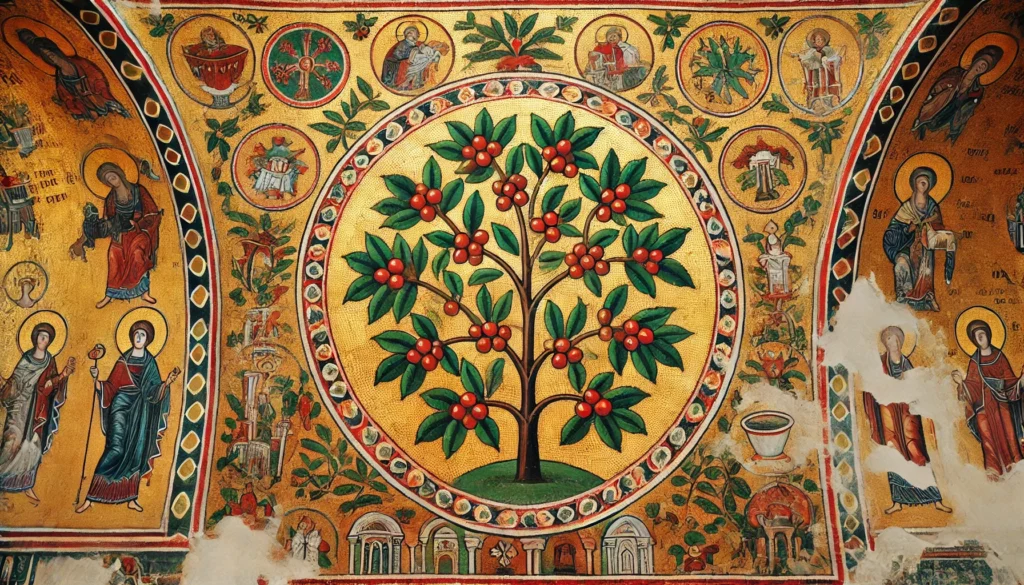

Home » Cat Plants » How the Coffee Tree is a Hazard for Cats?

Cats can be poisoned by ingesting parts of the Coffee Tree plant (Polyscias guilfoylei), also known as Wild Coffee, Geranium-Leaf Aralia, or Panax.
The Coffee Tree contains saponins which are toxic to cats, dogs, and horses. This ornamental houseplant is commonly found indoors as a decorative tree.
Ingestion may cause mild gastrointestinal upset, but is generally not life-threatening.
Ingestion can result in mild symptoms like vomiting, diarrhea, or drooling. Rarely fatal but may require veterinary care.
Eating these plants can lead to more pronounced symptoms like abdominal pain, lethargy, or difficulty breathing. Veterinary intervention may be necessary.
Ingesting even small amounts can cause severe symptoms like organ damage, seizures, or cardiac failure without rapid treatment.
All parts of these plants are extremely poisonous to cats and can quickly lead to death, even with immediate veterinary care.
** Please note: Please note that toxicity level can vary based on the amount ingested and the specific cat. It's always best to keep these plants completely inaccessible to cats and seek immediate veterinary care or call the poison hotline if you suspect your cat has ingested any part of a toxic plant.
The ASPCA lists the Coffee Tree as toxic to cats. Ingesting any part of this plant can cause vomiting, diarrhea, loss of appetite, and depression in felines. In severe cases, exposure to the saponins can lead to breathing difficulty, seizures, and an irregular heartbeat.If you suspect your cat has chewed on or eaten any part of a Coffee Tree, watch for these symptoms:
Your veterinarian will likely diagnose Coffee Tree poisoning based on:

A: Yes, cats can be allergic to Coffee Tree. Symptoms of an allergic reaction may include itching, sneezing, and skin irritation.
A: Yes, Coffee Tree is highly toxic to cats. Ingesting any part of this plant can cause severe symptoms and can be fatal if not treated promptly.
A: Symptoms of Coffee Tree poisoning in cats include vomiting, diarrhea, drooling, rapid breathing, and seizures. Immediate veterinary care is crucial if ingestion is suspected.
A: To prevent contact, ensure that Coffee Tree is not present in your home or garden. Keep your cat indoors or monitor outdoor activities closely to avoid exposure.
A: If your cat ingests Coffee Tree, contact your veterinarian immediately. Do not induce vomiting unless instructed by a veterinary professional. Immediate medical attention is necessary.
A: Coffee Tree is more commonly found in wild areas and coffee plantations rather than home gardens. However, if you do have this plant in your vicinity, it is important to ensure it is kept out of reach of cats to prevent accidental ingestion.
The Coffee Tree is native to the South Pacific. It was introduced to Hawaii and Florida in the early 1900s as an ornamental plant.
The name comes from the resemblance of its leaves to those of the Coffea plant that produces coffee beans. However, the Coffee Tree does not produce consumable coffee beans.
Please note: The information shared in this post is for informational purposes only and should not be considered as veterinary medical advice.
🐾 A hilarious or heart-melting cat video
🐾 Our latest paws-on review of a cool cat toy